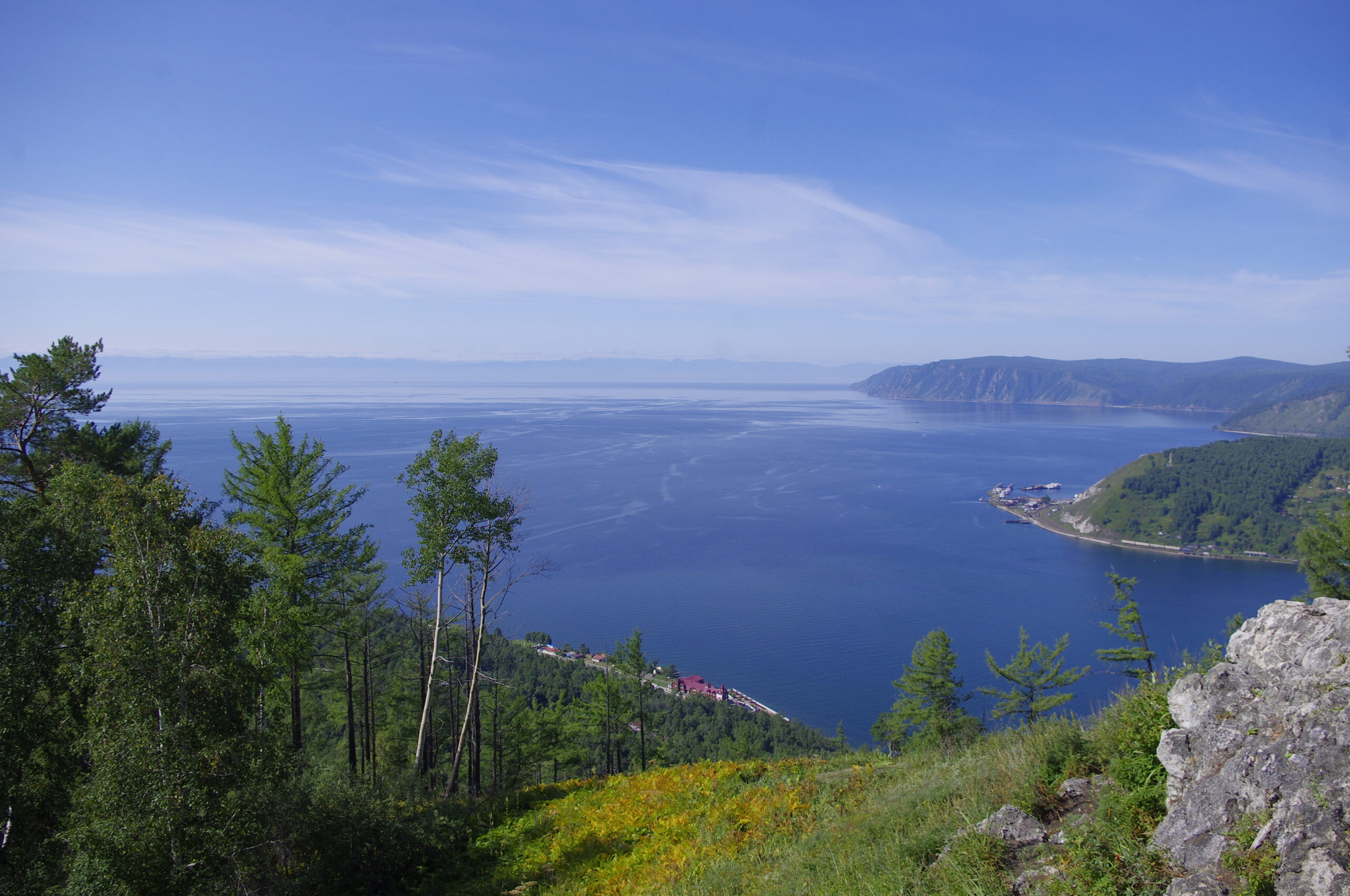

To learn how to overcome a romantic breakup, you must keep in mind that although…
Being in Barcelona for the International Cannabis Awards and Spannabis Fair Week is like visiting…
Every day, people are becoming increasingly aware of their role in society and the need…
All phones can experience occasional heat buildup, which becomes problematic when it reaches a level…
Powerbocking, also referred to as "power-rizing," "blade running," and "jump stilting," is a sport where…
If you love exploring the underwater world, this museum is for you. The Underwater Museum…